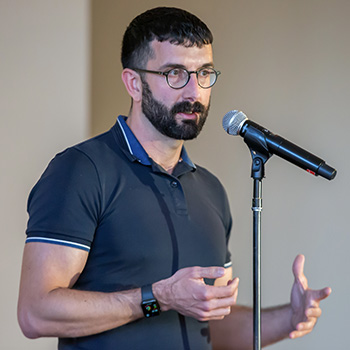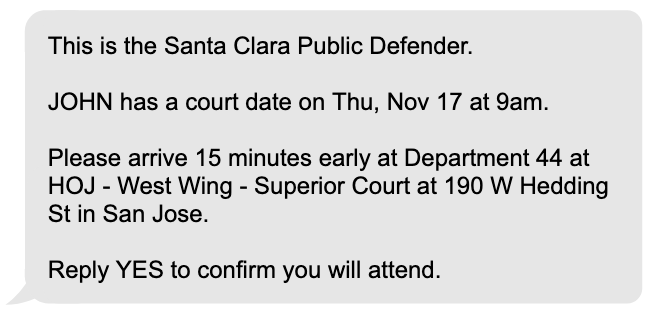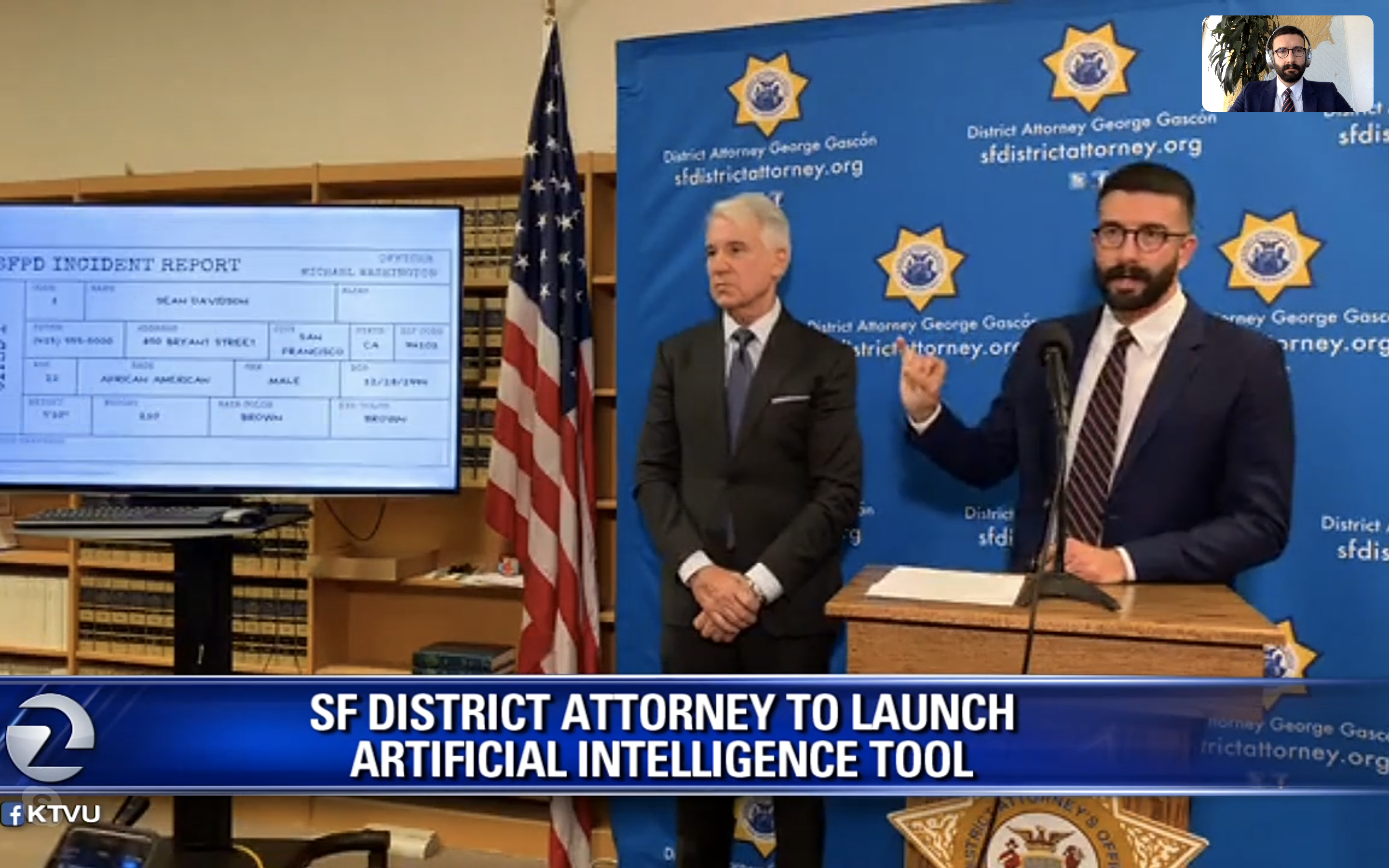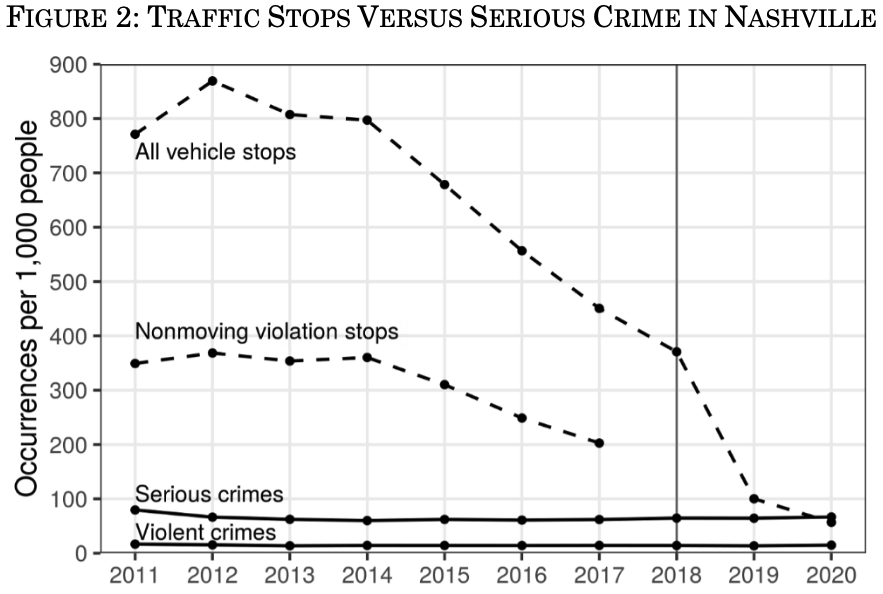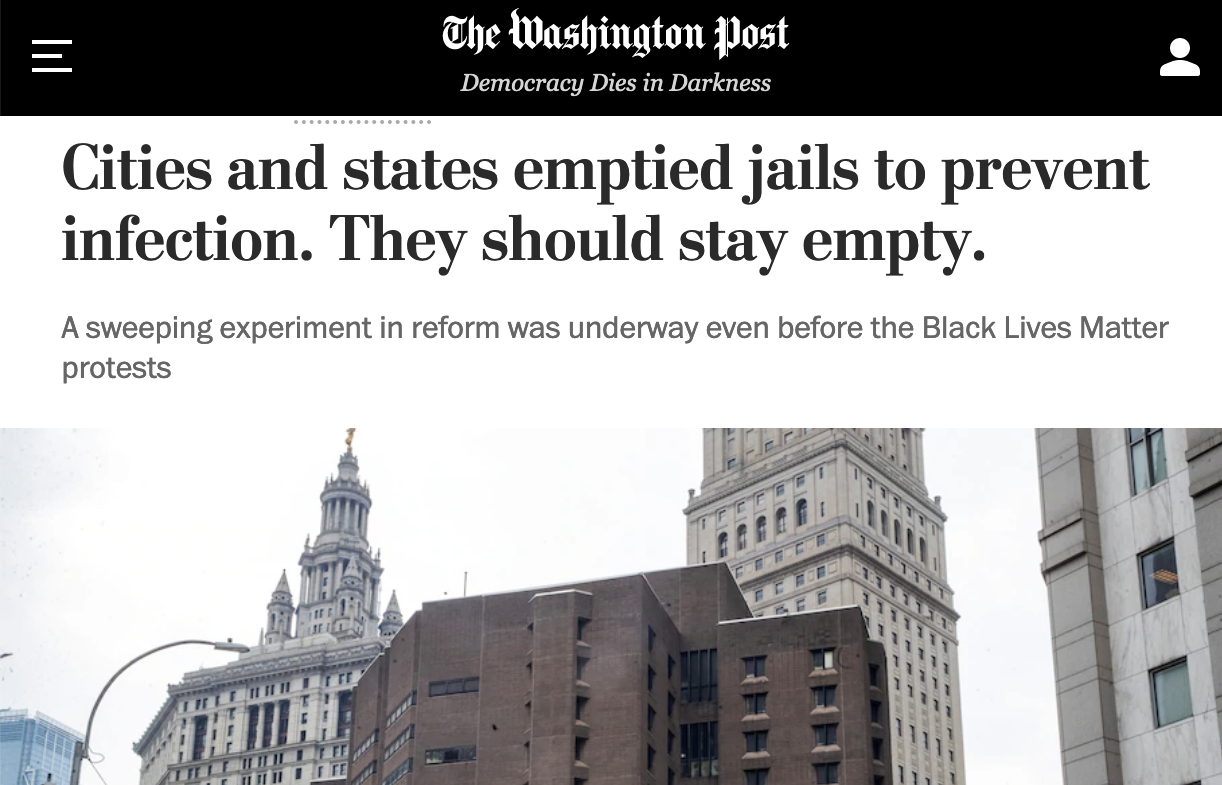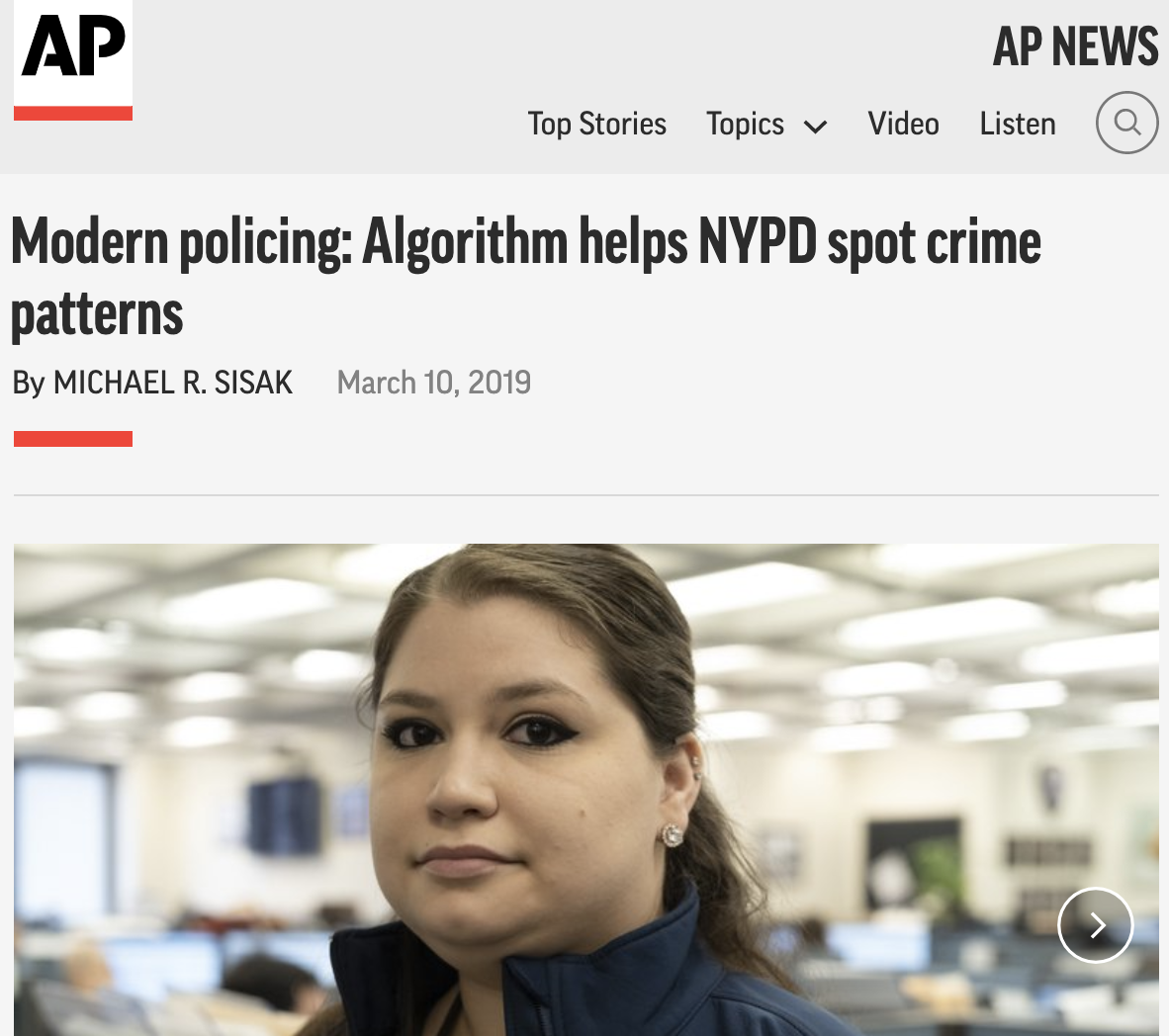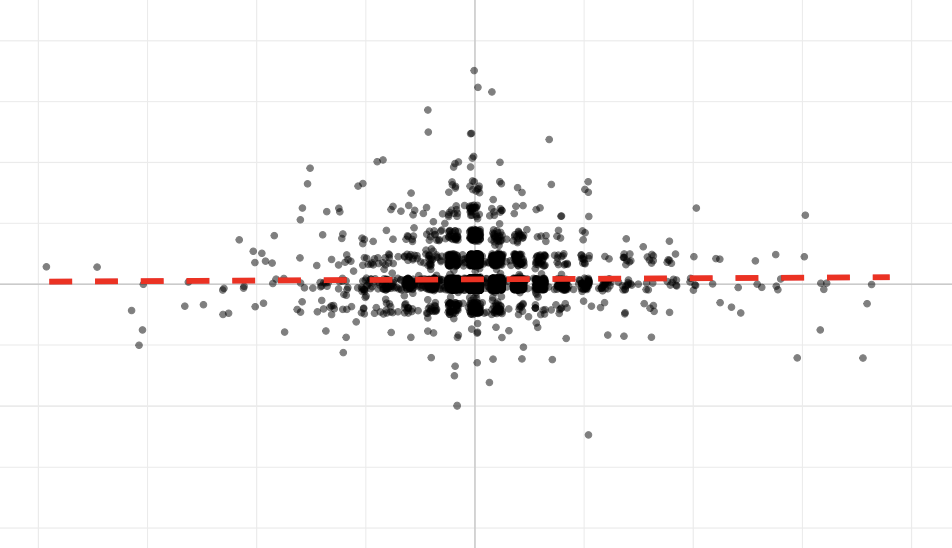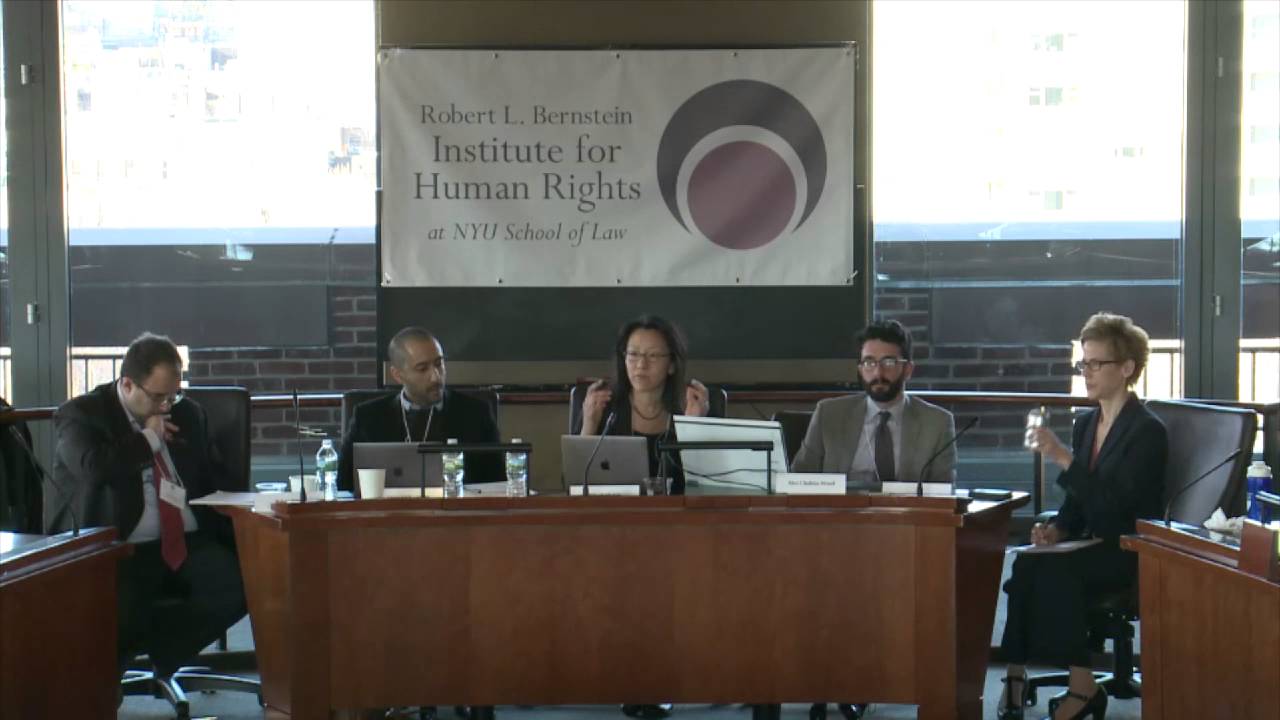Equitable algorithms
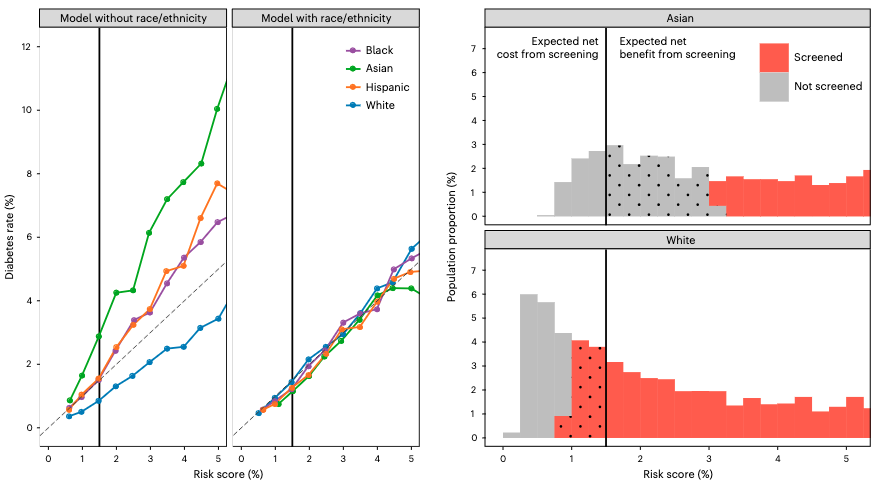

The last few years have seen an explosion in research on how to constrain algorithms to avoid biased decision-making.
My colleagues and I wrote a short guide for Nature Compuational Science
that synthesizes this research,
illustrates drawbacks to several widely cited approaches,
and outlines practical steps people can take in their quest for equitable algorithms.
In a related working paper,
we expand on how policymakers can use algorithms
to make “fair” tradeoffs when resources are limited.
